Disadvantages Of Scleral Contact Lenses
05-09-2023
Modern Eyewear With Challenges
In the realm of vision correction, contact lenses have undergone a remarkable evolution. From the early days of rigid and uncomfortable lenses to the modern era of advanced materials and designs, contact lenses have offered newfound freedom to those seeking visual clarity without the confines of eyeglasses. Among these advancements, scleral contact lenses stand as a unique option, offering numerous advantages. However, like any solution, they come with their own set of disadvantages. In this comprehensive guide, we will dive into the world of scleral contact lenses, exploring their disadvantages, potential challenges, and why they might not be the ideal choice for everyone.Scleral Contact Lenses
Scleral contact lenses have garnered attention for their ability to address complex vision problems, making them a preferred choice for individuals with conditions like keratoconus, irregular corneas, or severe dry eye. Unlike traditional contact lenses that rest on the cornea, scleral lenses vault over the cornea, resting on the sclera, the white part of the eye. This design creates a tear-filled reservoir between the lens and the cornea, providing exceptional comfort and visual clarity. While the advantages of scleral lenses are noteworthy, it is equally important to acknowledge their disadvantages.1. Price Point
Scleral contact lenses are a premium vision correction option, and their cost reflects this status. Compared to traditional soft contact lenses or eyeglasses, scleral lenses can be significantly more expensive. This cost includes not only the lenses themselves but also fitting and follow-up appointments with an optometrist or ophthalmologist who specializes in scleral lenses. Additionally, insurance coverage for scleral lenses may vary, leaving some patients with substantial out-of-pocket expenses.2. Specialized Fitting
Fitting scleral lenses is a meticulous and time-consuming process. Unlike traditional contact lenses, which often come in standardized sizes, scleral lenses are custom-made for each individual's eye. This customization requires precise measurements, multiple trial lenses, and adjustments to ensure a comfortable fit. The fitting process may involve several visits to an eye care professional, adding to both the time and expense required to obtain scleral lenses.3. Insertion & Removal
Wearing scleral lenses can be challenging for beginners. Inserting and removing these lenses requires a degree of dexterity and patience, as they are larger and more rigid than soft contact lenses. Proper handling and care are crucial to avoid complications or discomfort. New users may experience some initial discomfort or frustration as they adapt to the insertion and removal process.4. Limited Availability
Scleral lenses are not as readily available as traditional contact lenses. Not all eye care practitioners are experienced in fitting scleral lenses, so patients may need to seek out specialized clinics or practitioners who have expertise in scleral lens fitting. This limited availability can be a disadvantage for those who do not have convenient access to a qualified scleral lens specialist.5. Potential Complications
While scleral lenses can provide excellent vision and comfort for many users, they are not without risks. Improper lens care, inadequate cleaning, or extended wear can lead to complications such as infections or corneal abrasions. Regular follow-up appointments with an eye care professional are essential to monitor the health of the eye and address any issues promptly.6. Not A Solution For Everyone
Scleral lenses may not be the ideal solution for everyone with vision problems. They are typically recommended for individuals with specific eye conditions, irregular corneas, or severe dry eye. Patients with straightforward vision correction needs may find traditional soft contact lenses or eyeglasses more practical and cost-effective.Weigh the Pros and Cons
Scleral contact lenses offer a lifeline of clarity and comfort to many individuals who have struggled with conventional vision correction methods. However, their disadvantages, including cost, fitting complexity, and a learning curve, should not be overlooked. Like any medical intervention, the decision to use scleral lenses should be made in consultation with an experienced eye care professional who can assess an individual's specific needs and provide guidance on the most suitable vision correction option. For some, the advantages of scleral lenses may outweigh the disadvantages, leading to a transformative improvement in their quality of life. Schedule An AppointmentFYEyes Blog Posts

What Is The Average Cost Of Scleral Contact Lenses (2025)?
Scleral contact lenses are specialized custom-crafted lenses.

Reasons To Consider Scleral Contact Lenses
Scleral contact lenses offer numerous benefits, especially to those with unique needs.

The Benefits Of Scleral Contact Lenses
cleral contact lenses redefine visual clarity and comfort for individuals with unique ocular needs.
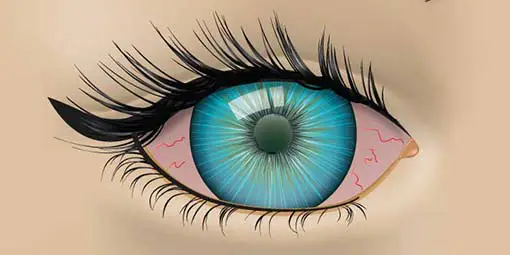
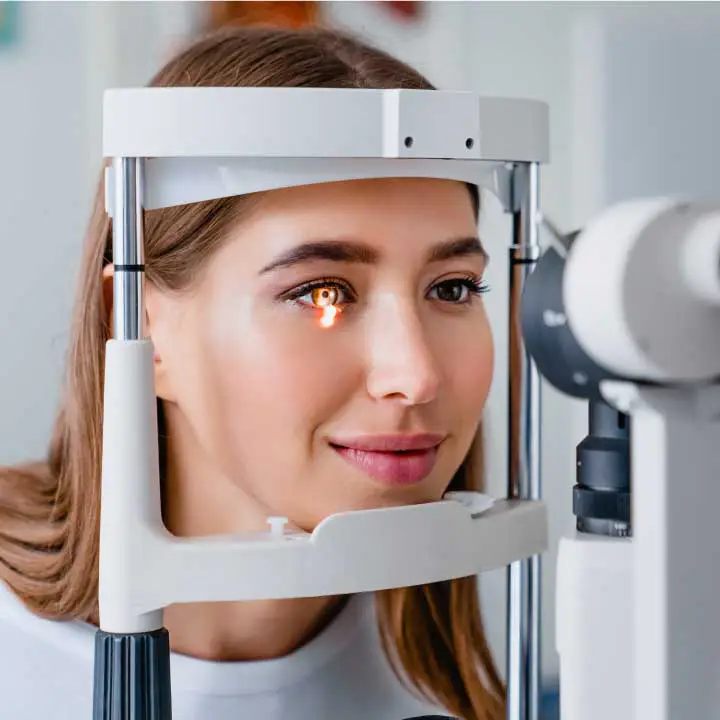
Adult Eye Exams
Our advanced eye exams consist of 25+ modern tests and digital scans to assess eye health, function, and visual acuity.

Child Eye Exams
Give your child a clear future with an annual eye exam from our experienced Edmonton optometrists.

Senior Eye Exams
Maintain your vision through your golden years with gold standard eye care from the optometrists at our Edmonton eye clinic.
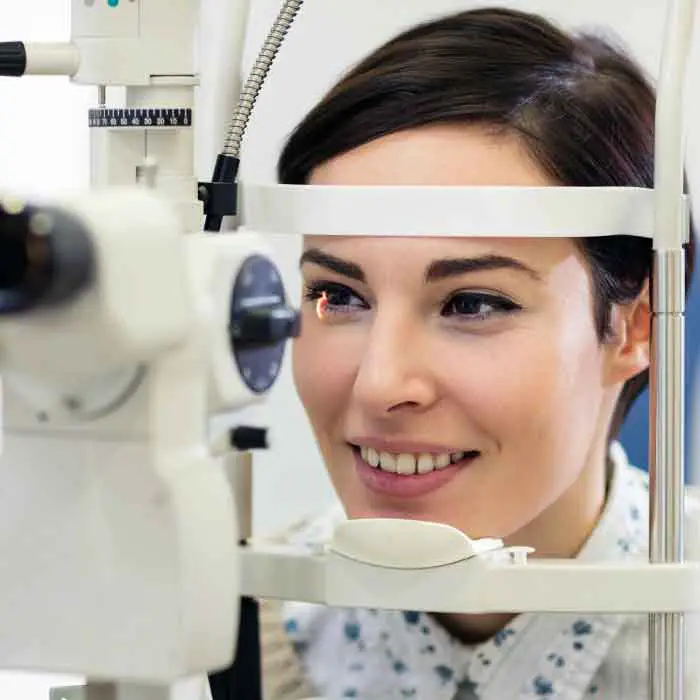
Contact Lens Eye Exams
Our eye exams for contact lens wearers include test and digital scans to assess eye health, function, visual acuity, and lens fit.
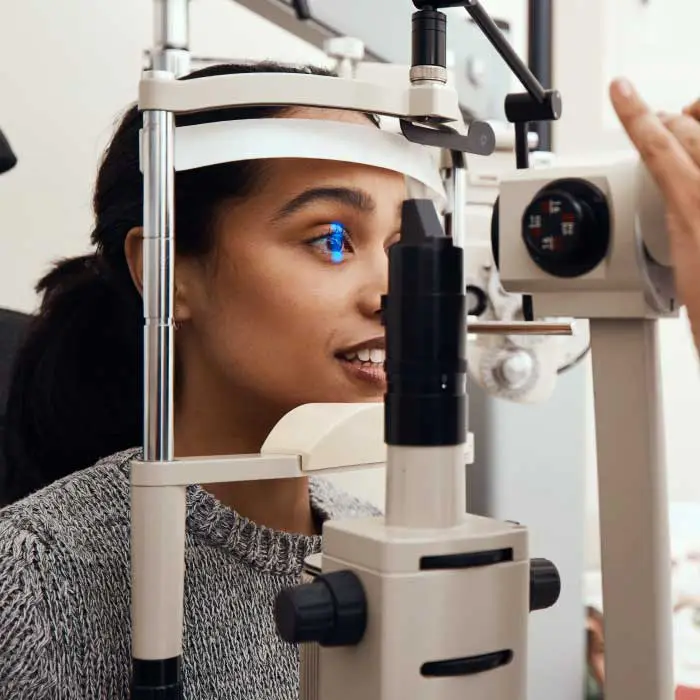
Diabetic Eye Exams
Managing diabetes requires regular eye exams to ensure that diabetes is not causing irreversible vision loss.
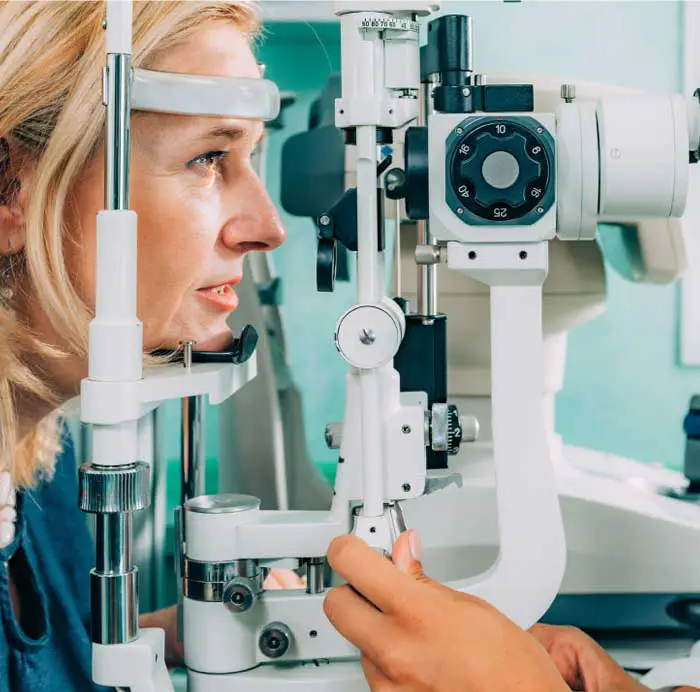
Dilated Eye Exams
Dilating the eyes enables our Edmonton optometrists to see more of the eye so that you many never see less.
Our Edmonton Eye Exams Are Comprised Of 4 Phases Of Evaluation
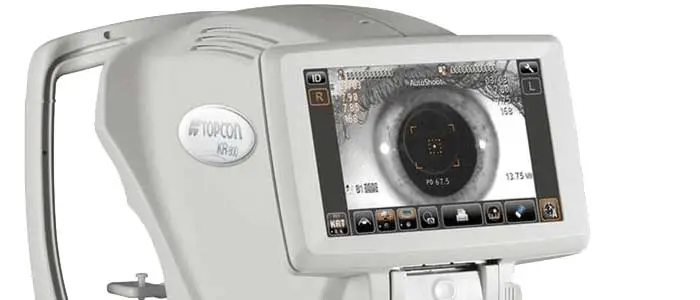
1. Eye Exam Pre-Testing
Corneal Thickness | Intraocular Pressures | Visual Field
Pre-testing is a detailed process that gathers all necessary information for the optometrist in advance of the optometrist-administered eye examination. This process involves completing a detailed patient history, as well as a series of standard tests. Pre-testing is an essential part of the comprehensive eye exam process, providing valuable information and visuals for both the optometrist and the patient.
More About Pre-Testing »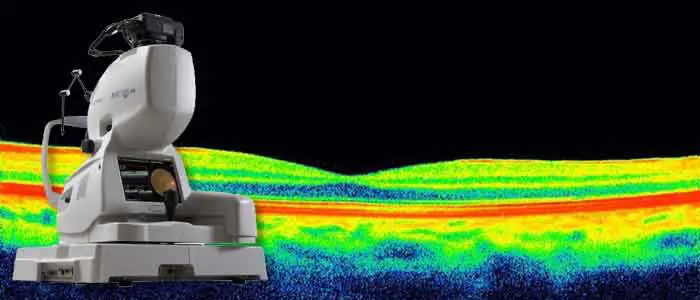
2. Advanced Diagnostic Testing
Retinal Photography, OCT, Topography
eye-deology Vision Care differentiates itself from other clinics by having the most advanced modern diagnostic specialty testing equipment. Specialty equipment, such as a wide-angle high-resolution retinal imager, Optical Coherence Tomography (OCT), Humphrey Visual Field Analyzer and corneal topographer, ensures that patients receive the best comprehensive eye care.
More About Advanced Testing »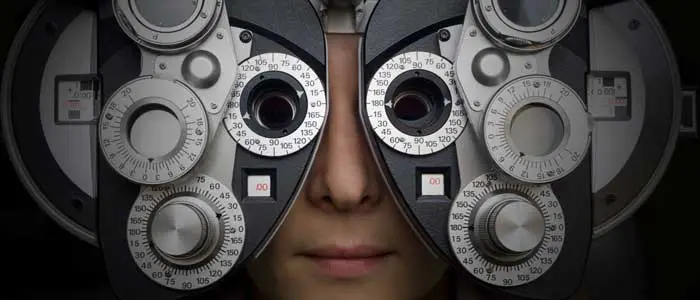
3. Optometrist Examination
Health Assessment & Disease Diagnosis
eye-deology Vision Care Edmonton optometrists perform a multitude of tests and assessments to evaluate ocular health, eye coordination, and visual acuity. In addition, they also evaluate the results of the tests and scans performed during pre-testing. As part of patient education, our optometrists also take the time to show and explain results to patients.
More About Doctor Exam »
4. Eye Glass Consult
Prescription | Lens Selection | Digital Fitting
If you require corrective lenses to improve your vision, our licensed opticians will customize their fit to your unique attributes, needs, lifestyle, and budget. Our opticians are happy to provide you with information about the latest eyeglass frame and lens technologies available so you can make informed decisions and begin seeing and looking your best.
More About Eyewear Consult »